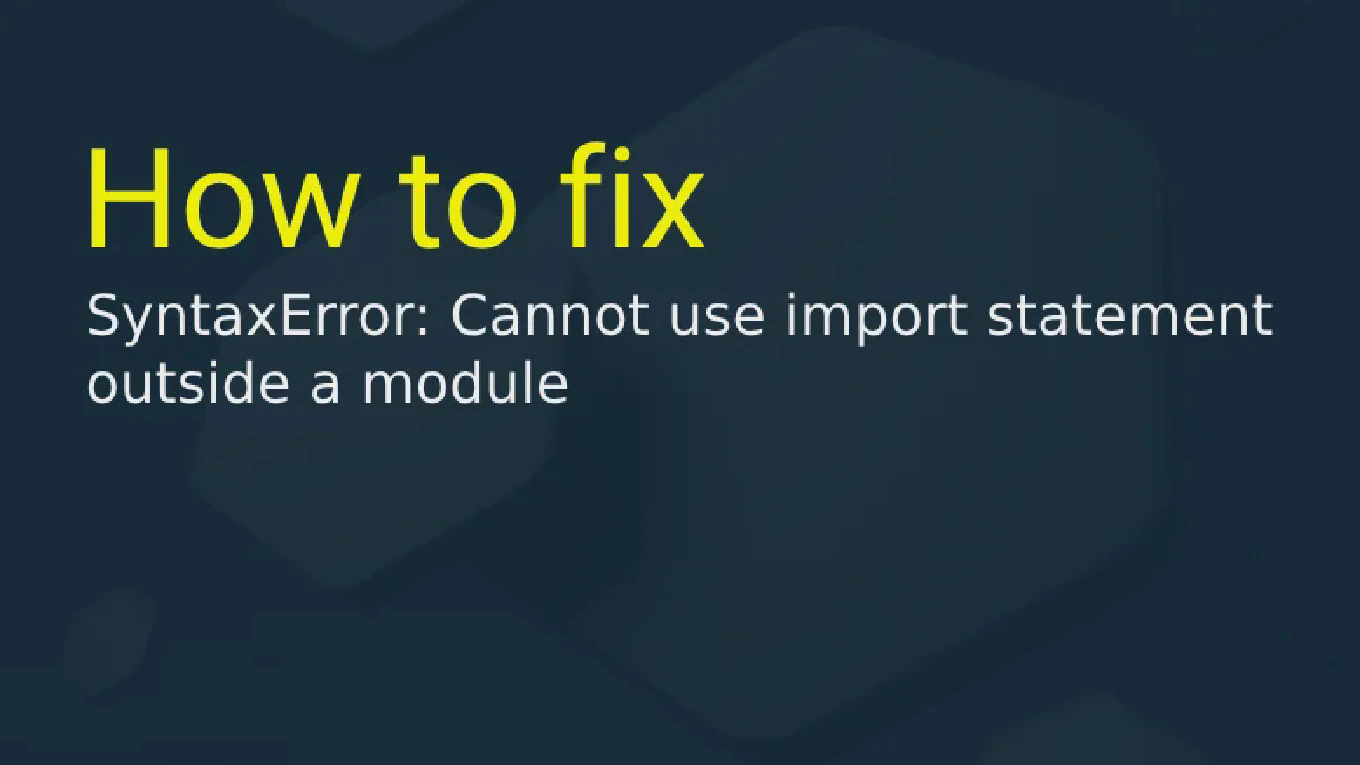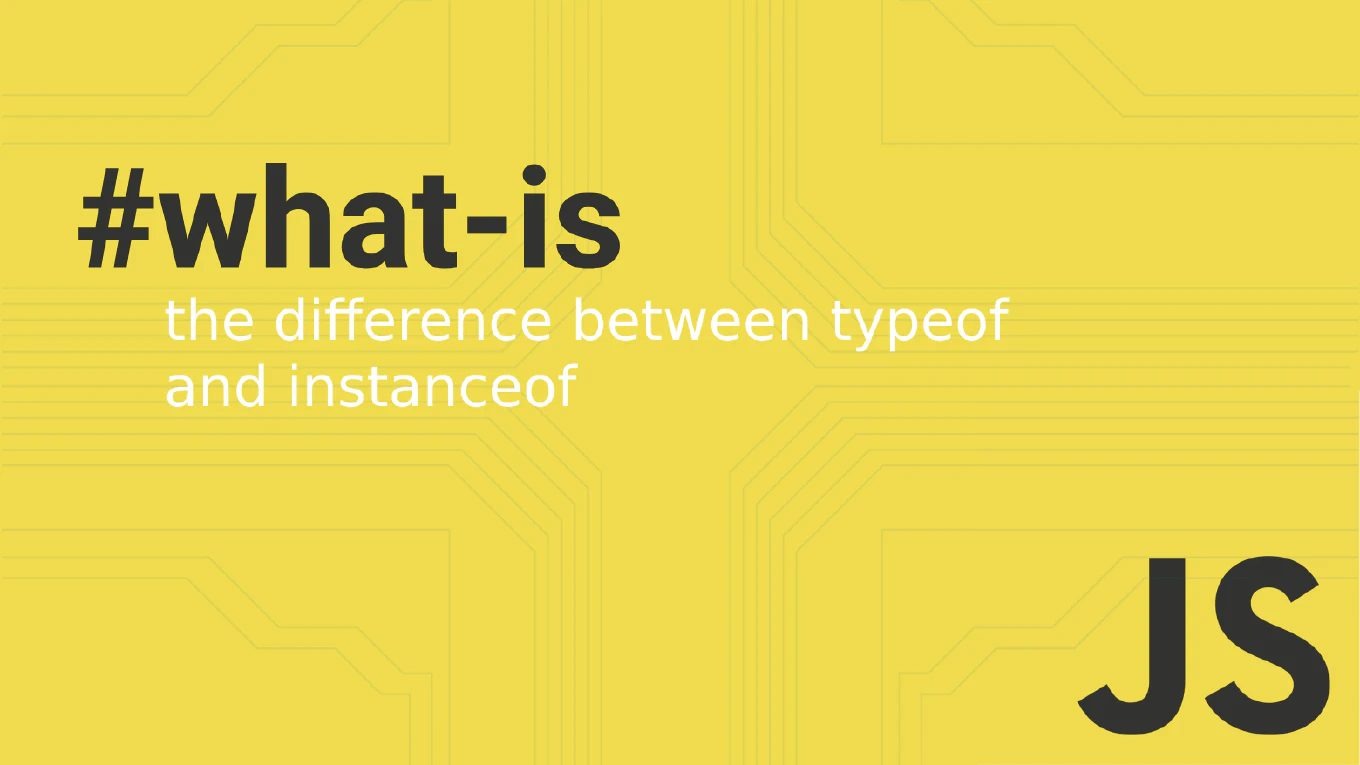How to use async/await with fetch in JavaScript
Using async/await with fetch API provides a cleaner, more readable alternative to promise chains for handling HTTP requests in JavaScript. As the creator of CoreUI with over 25 years of JavaScript development experience, I’ve used async/await extensively in production applications for API communication. The most straightforward approach combines async function declarations with await keywords before fetch calls. This pattern eliminates callback hell and makes asynchronous code read like synchronous code while maintaining non-blocking behavior.
How to use async/await in JavaScript
Async/await provides a cleaner, more readable syntax for handling asynchronous operations compared to traditional promise chains and callback patterns.
As the creator of CoreUI with over 25 years of JavaScript development experience, I’ve used async/await extensively in API calls, data processing, and complex asynchronous workflows.
From my expertise, the most effective approach is marking functions with async and using await to pause execution until promises resolve.
This syntax makes asynchronous code read like synchronous code while maintaining non-blocking behavior.
How to create a promise in JavaScript
Creating custom promises enables you to wrap asynchronous operations like timers, callbacks, and legacy APIs in modern promise-based workflows. With over 25 years of experience in software development and as the creator of CoreUI, I’ve built numerous custom promises for complex asynchronous operations. From my expertise, the most effective approach is using the Promise constructor with resolve and reject functions to control the promise state. This pattern allows seamless integration of any asynchronous operation into promise chains.
How to handle promise errors in JavaScript
Proper error handling in promises is critical for building robust applications that gracefully manage API failures and unexpected conditions.
As the creator of CoreUI with over 25 years of JavaScript development experience, I’ve implemented error handling in countless asynchronous operations.
From my expertise, the most reliable approach is using the .catch() method for promise chains or try-catch blocks with async/await.
This ensures errors are captured and handled appropriately without crashing the application.
How to handle async/await in Vue
Handling asynchronous operations with clean, readable code is essential for Vue.js applications that interact with APIs and perform time-consuming tasks. As the creator of CoreUI with over 25 years of development experience building Vue applications since 2014, I’ve used async/await extensively in our component methods for data fetching and form submissions. The most effective approach is using async/await in Vue methods and computed properties with proper error handling and loading states. This method provides synchronous-looking code that’s easier to read and debug while maintaining full control over asynchronous operations.
How to use fs promises in Node.js
Using fs.promises provides cleaner, more readable code for file system operations compared to callback-based methods, especially when handling multiple sequential file operations.
As the creator of CoreUI, a widely used open-source UI library, I’ve modernized countless file processing scripts using fs.promises over 25 years of development.
From my expertise, the most effective approach is using fs.promises with async/await syntax for synchronous-looking asynchronous file operations.
This eliminates callback hell and makes error handling more intuitive.



